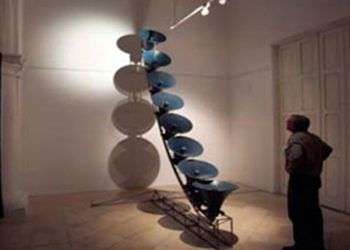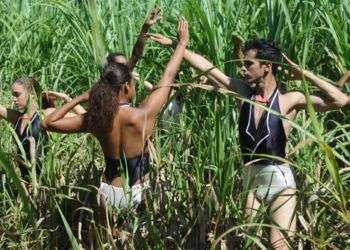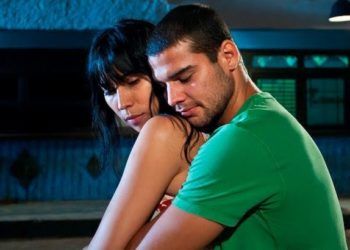VI Cuban Contemporary Art Salon opens its doors
The 2014 has just arrived to its second month, but for connoisseurs, enthusiasts and experts of the visual arts in Cuba options do not wait. This year comes with anniversaries in several major institutions, including the Center for the Development of Visual Arts (CDAV) that will mark its 25 years. As part of this celebration one of the most followed events due to its wide appeal: the VI Cuban Contemporary Art Salon will open its doors. This year the Salon will be dedicated to information and its flow channels in the Cuban context. In it there is a group of specialists from the CDVA working from which may are worth mentioning the curators Gretel Medina - CDAV Deputy Director - Frency Fernández and Caridad Blanco. Structured through exhibition packages that include outreach activities such as lectures and talks, this month they will present three exhibitions as the P350 editorial alternative project and the pedagogical artistic La Red , on the 26th, and n a meeting with artists Celia and Yunior on the 28 . The months of September and October were chosen to summarize the core of theoretical events and exhibitions. These include the group show entitled Por el Dos...













